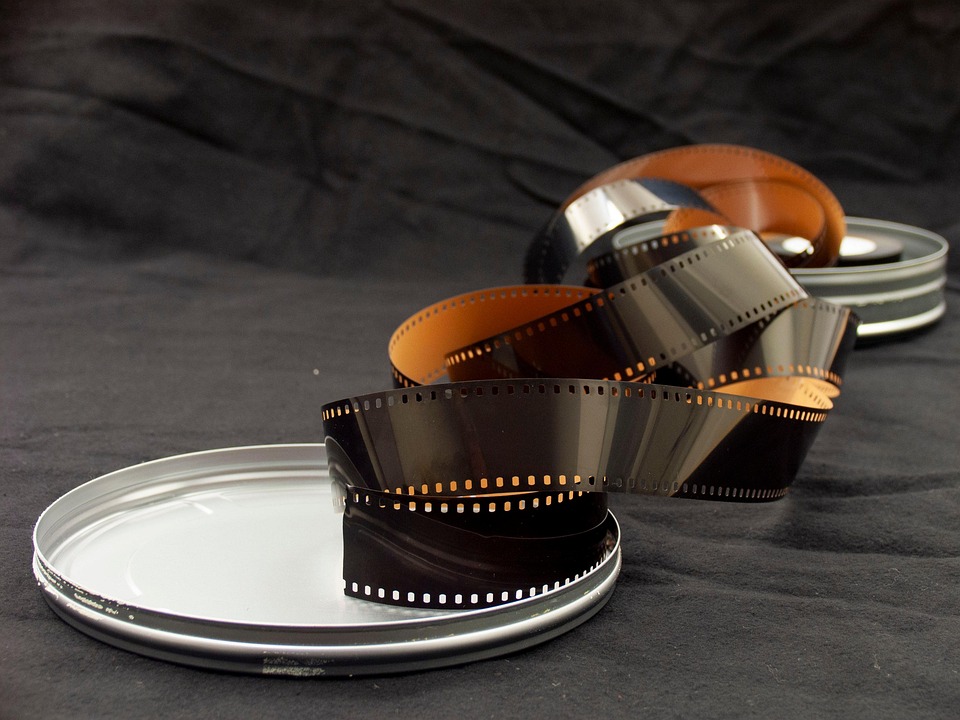Entertainment
Understanding the Role of a Film Director

So, you’ve been binge-watching movies and TV shows, and you’ve probably come across the phrase, “Directed by…” quite a bit. Ever wondered what a film director actually does? It’s not just about yelling “Action!” or “Cut!” and calling it a day (though, okay, that’s part of it). The role of a film director is layered, fascinating, and absolutely indispensable to the filmmaking process. Let’s dive into it!
What Does a Film Director Actually Do?
At its core, a film director is the creative leader of a film project. They are the visionaries, guiding the artistic and dramatic aspects of production. Here’s a wider look at their responsibilities:
-
Interpreting the Script: The director begins their journey with a script. They read it, analyze it, and start formulating a vision for how the story should unfold on screen. This can involve loads of brainstorming and reimagining scenes to make the story resonate visually.
-
Casting Choices: Directors are deeply involved in the casting process. They might select the actors who audition for roles or screen test different performances to ensure the right chemistry among them.
-
Collaboration with Crew: A film isn’t created in isolation. Directors work closely with various crew members, including cinematographers, production designers, and editors, to bring their vision to life. A good director communicates effectively, ensuring everyone is on the same page.
-
Overseeing Production: There’s a lot of moving parts in film production, from set design to sound engineering. The director has to oversee everything, making key decisions about how each scene is shot and ensuring the film stays within its budget and timeline.
-
Editing and Post-Production: After filming wraps up, the director often collaborates with editors to refine the final product. They decide which takes to keep, shape the pacing, and add visual effects and sound.
Why Directors Matter
Imagine watching a film without a director. Yikes! It’d be like a beautifully crafted meal made by a master chef—but instead, you’ve handed it over to someone who has no idea how to cook. The consistency, quality, and emotional heartbeat of a film depend significantly on the director’s vision.
The Emotional Palette
One of the most nuanced roles of a director is to evoke emotions. They work closely with actors to ensure the performances feel genuine and engaging. How a director suggests a subtle shift in tone or feels during a particular scene can drastically alter your experience as a viewer.
The Look and Feel
A director’s vision extends to visual storytelling. When watching a film, you might notice how certain shots are framed, how lighting affects the mood, or how colors can impact storytelling. Directors collaborate with cinematographers to craft a film’s distinct look. Think of it like painting with moving pictures.
- Camera Movements: Directors decide on the camera angles and movements, shaping how the audience views the story.
- Color Grading: The look of the film is often altered in post-production, creating various moods through colors. A director will have a strong say in this process to ensure it aligns with their vision.
The Different Types of Directors
Not all directors are cut from the same cloth. Here’s a peek into the various styles you might come across:
Authorial Directors
These directors have a distinct style that’s identifiable from film to film. Think Quentin Tarantino or Wes Anderson, whose films are unique little worlds of their own.
Collaborators
Some directors are more collaborative, working closely with writers and producers to shape the narrative. Producers often have a considerable influence, and successful directors maintain a good balance of artistic integrity and collaboration, like Steven Spielberg.
Genre Directors
Certain directors specialize in genres—horror, drama, or comedy, for instance. Each genre requires a different approach, and these directors become experts in their chosen field (like Jordan Peele with horror).
The Importance of Pre-Production
A successful film starts long before the cameras roll. Pre-production is the phase where a director plans every detail. Here’s what’s involved:
-
Storyboarding: This is basically creating a visual blueprint for the film. Directors sketch out major scenes and actions—kind of like a comic strip.
-
Location Scouting: Finding the perfect setting can be critical. Many directors love the hunt for locations that evoke the right feeling for their scenes.
-
Rehearsals: Getting the actors to vibe with each other before filming can elevate performances. Directors often hold rehearsals to refine the actors’ portrayal of their characters, making sure each scene feels authentic.
The Director and the Script
A director’s relationship with the script is unique and often complex. They’re not just interpreters; sometimes, they’re also writers or co-writers. While they adapt narratives, they might also infuse their style, leading to some creative liberties.
Changes and Adaptations
A good director knows when to stick to the script and when to deviate. Some storytellers thrive on improvisation, leading to unexpected, golden moments on set. This back-and-forth can create some truly unforgettable scenes.
Being a Director Today
In today’s digital landscape, the role of a film director is evolving. The way we consume media is changing, from traditional television to streaming platforms. As filmmakers explore new forms, directors need to adapt their storytelling techniques.
The Rise of Streaming
With platforms like Netflix and Amazon Prime revolutionizing how we access films and series, directors now have new opportunities to showcase their work. This shift is leading to richer storytelling and more diverse voices in filmmaking.
Technology and Innovation
From advancements in CGI to virtual reality, directors have exciting tools at their disposal. Today, they can create expansive worlds and intricate visuals that were once the stuff of dreams. Emerging technologies also open new avenues for storytelling, pushing boundaries like never before.
So next time you’re settling in to watch a film, take a moment to appreciate the magic behind the director’s work. Gone are the days when we only appreciated what was on-screen; now, we can understand the extraordinary effort that goes into creating a piece of art from the ground up. If you’re curious about the filmmaking process, check out resources from the American Film Institute for more insights. Happy watching!
